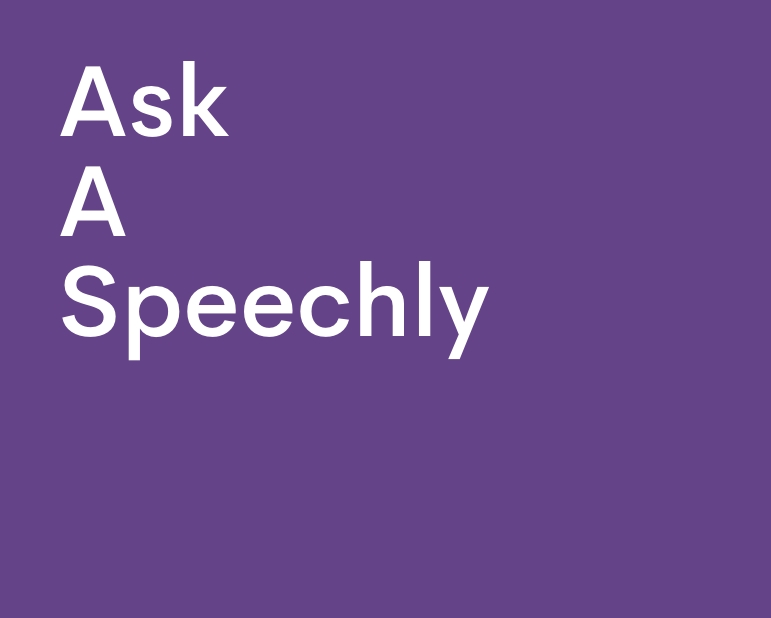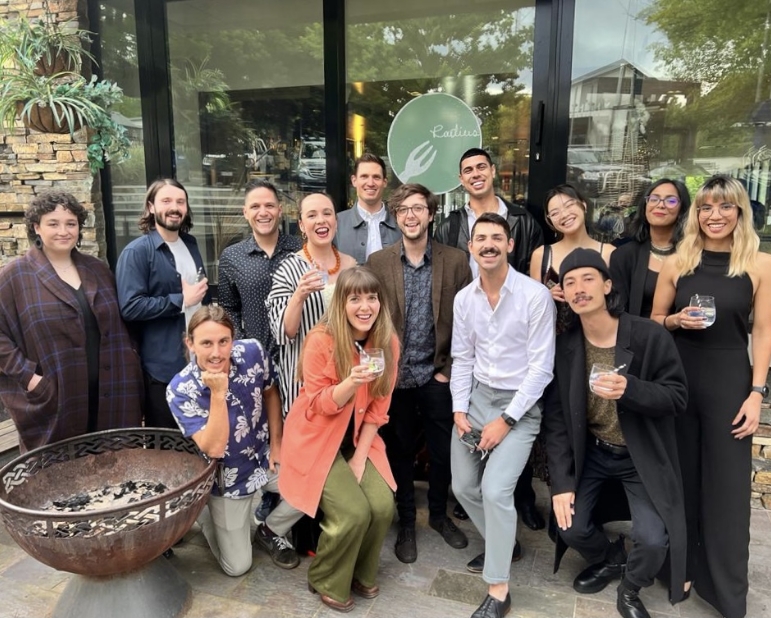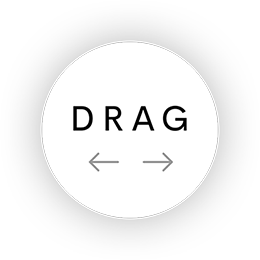A cult following vs. a social tribe – our monthly branding review analyses Trump vs. Clinton on the world wide web.
In August, Forbes published an article reviewing Hillary and Trump’s online marketing campaigns. Three months on and nearing the end of the race, we expand this analysis to show who’s digital branding won over the web.
Both presidential candidates have focused on building viral digital brands to engage their e-connected audiences. Unlike previous elections, today’s digital audiences expect constant content. With so much electoral coverage from third parties, the task of Trump and Clinton’s marketing teams has been to create digital brands that trump external media sources.
Google and the curious searcher.
Big data from Google is a fantastic source as it allows us to analyse organic searches showing genuine curiosity in the subject matter. On the flip side, the purpose of the search isn’t necessarily positive interest.
While Trump is the clear Google search winner, search spikes coincide with numerous PR disasters such as the release of audio of crude comments about actress Arianne Zucker.
Google Ads to convert the masses.
Hillary has spent on average 14 times more on Google Adwords than Donald. What can we conclude from this? She has a larger digital marketing budget and isn’t afraid to use it.
Social Media
We’ve combined Trump and Clinton’s Twitter, Facebook and Instagram activities over the last 6 months and the results reveal a lot about their digital brand strategies.
Trump has a cult following.
The digital world is addicted to Trump’s social satire. This is nothing new, Trump has had significant social following ever since the days of The Apprentice USA. Hillary, on the other hand, hasn’t quite gained this level of intrigue.
Hillary has created a social tribe.
Hillary has a higher social amplification engagement rate. What is social amplification? Social amplification is when your content is shared within social marketing channels thereby increasing your word-of-mouth exposure. A message is not truly amplified until it has been picked up and carried along the waves of social media.
They post entirely different content.
Whilst they both post over 20 times a day across social media, the types of content Trump and Clinton have been sharing are significantly different.
Trump’s social media posts consist of 68% photos and status updates whilst Hillary Clinton’s is 50% links and information.
When they’re not getting dirty with digital slander, both nominees have engaged their audience with branded content promoting their campaign messages. Here’s the best of each candidate’s digital messages.
Regardless of the outcome, this election has highlighted the importance of digital branding. Online presence can be vital to rallying support but it is also risky. When it comes to social media marketing, brands need to realise this is a two-way conversation and their success relies on the will of the audience. Will a cult following trump a social movement? We’ll review after November 8th.
We will leave you with this hilariously inappropriate Tweet, to put it all into perspective.
Thanks to RivalIQ and SemRush for fuelling our data analysis.
‘Donald Trump Vs. Hillary Clinton — The Social Media Report’, Forbes, August 2016
RivalIQ – Amazing big social data tool







